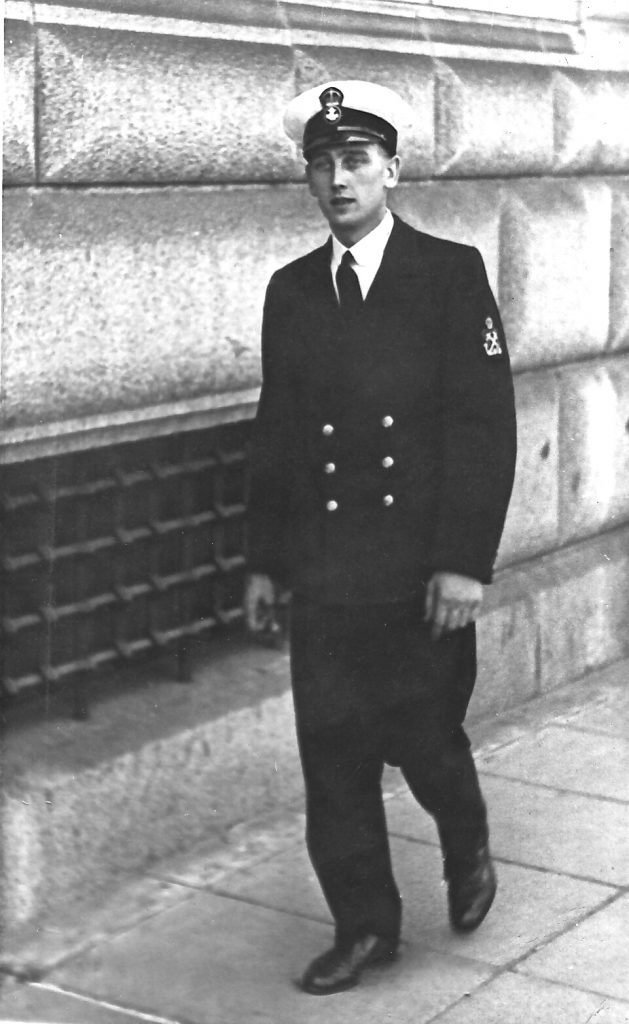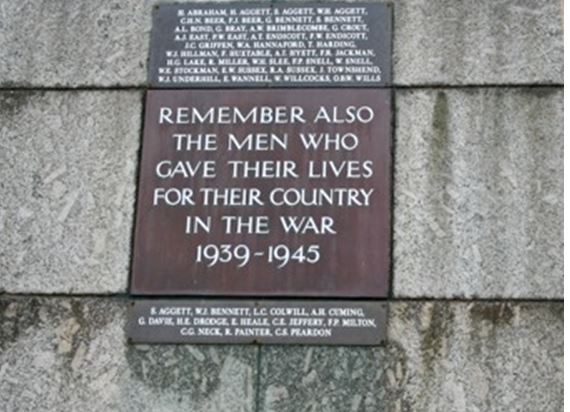On 27 May 1918, the German army began one of the most intensive artillery bombardments of the First World War. Some 41 divisions lined up against 16 or 17 allied divisions (sources vary) supported by several thousand guns which fired some two million shells that morning, so starting the Third Battle of the Aisne. The offensive took the allies by surprise and the inequality of the opposing forces resulted in the German army tearing a hole in the front line and progressing 13 miles on the first day, the single biggest advance since the beginning of trench warfare in 1914.
Meanwhile, the 9th Battalion, Cheshire Regiment, which had been worn down and depleted during two months of almost constant action, were 450 kilometres away recuperating and allowing time for those new to its ranks to receive proper training. This, though, was brought to an abrupt stop as “warning orders were received that transport must be prepared to move at short notice”. The following day, they commenced their journey by French lorries to the front line, one of the troops on board being Percy George Brimblecombe.
Although Percy grew up and went to school in Lustleigh, he was born in Chagford where his grandfather ran a successful building business and acquired a number of properties in New Street, one of these perhaps housing the workshop from where Percy’s father, Walter, operated as a carpenter. For reasons unknown, it was away from the centre of town, though, that Percy was born: at Broadles (now Broadhalls) Farm on 31 January 1899. Two years later, he was living with his parents, brother and sister in Weymouth House, Mill Street, Chagford, which the family had possibly named to commemorate Walter’s birthplace.
Percy’s initial schooling was at Chagford Infants’ School but, following his family’s move to Brookfield in 1907, he resumed his education at Lustleigh Board School before leaving on his 14th birthday. Whatever his working intentions may have been, he enjoyed community life and, according to Reverend Herbert Johnson, “in all ways held an excellent record as a boy”.
During his first summer away from school, he enjoyed a summer camp with Lustleigh Boy Scouts in Torquay during which they defeated their hosts in a rifle match, rubbing salt in the wounds the following month when they invited Torquay Boys Scouts to home soil and won by an even bigger margin. Another draw for Percy was the church and he became a “frequent communicant at the Alter”, according to Revd. Johnson, and had begun to qualify as a bass singer in the choir.
When war came, he was eager to play his part, but with his age against him, he became “a keen member of the cadet corps so that he might be able to go and fight directly he was old enough”. His impatience, however, won through and like many thousands of teenagers he lied about his age, enlisting in Newton Abbot in March 1916, some nine months short of the legal entry age of 18. Initially, he was in a Cyclist Corps and then the Royal 1st Devon Yeomanry before joining the Devon Regiment. Sometime later, he was transferred to the 9th Battalion, Cheshire Regiment with whom he was mobilised to France around the time of his 19th birthday.

So it was that, in the spring of 1918, he came to be at La Chaussée, south-west of Tours. Then, shaken from their much-needed R&R and travelling all night, Percy’s Battalion arrived near Chambrecy, outside Reims, close to the front line on May 29, the following day taking up reserve positions around Sarcy village to allow other units to withdraw. Two days later, on May 31, “the enemy was massing and an attack was expected”. However, according to the Regimental History, it was most difficult to select, organise and dig a defensive position owing to the standing corn. Shortly after midday, the enemy commenced heavy shelling which increased in violence on the whole Battalion. With the troops lying out in the open with practically no cover, significant casualties were sustained, even more falling in the ensuing attacks and counter-attacks. During this fighting, Percy was killed by a shell along with 41 other men who lost their lives that day.
On 13 July, Revd. Johnson held a memorial service for Lance-Corporal Percival George Brimblecome in St John the Baptist Church, and in the parish magazine that month wrote that “All who knew him will sorrow over his loss… he will be remembered by us as earnest in his religious duties and of upright life. He has left behind him an honourable record. May he rest in peace.”
His body was laid to rest alongside some of his comrades in Chambrecy British Cemetery, not far from where he fell. Also described by Revd. Johnson as “an enthusiastic soldier and a devout Christian”, Percy was posthumously awarded the British War Medal and Victory Medal.
Today, he is not only remembered on the Lustleigh War Memorial, but also that of Bovey Tracey. More touchingly, though, his elder brother, Reginald, who served as a First Air Mechanic in the Royal Air Force, ensured his memory lived on in the family by giving his daughter, Peggy Georgette Brimblecombe, the same initials as his brother.
Percival George Brimblecombe will be remembered on Thursday 31 May when the Bell Ringers will sound a half-muffled peel in his honour.
Chris Wilson
Sources used in compiling this story have included:
- HistoryOfWar.org
- http://www.stockport1914-1918.co.uk
- Ancestry & FindMyPast
- Lustleigh Parish Magazine
- Lustleigh and the First World War
- “Smitten Down yet Not Destroyed”, Bovey’s WW1 book










